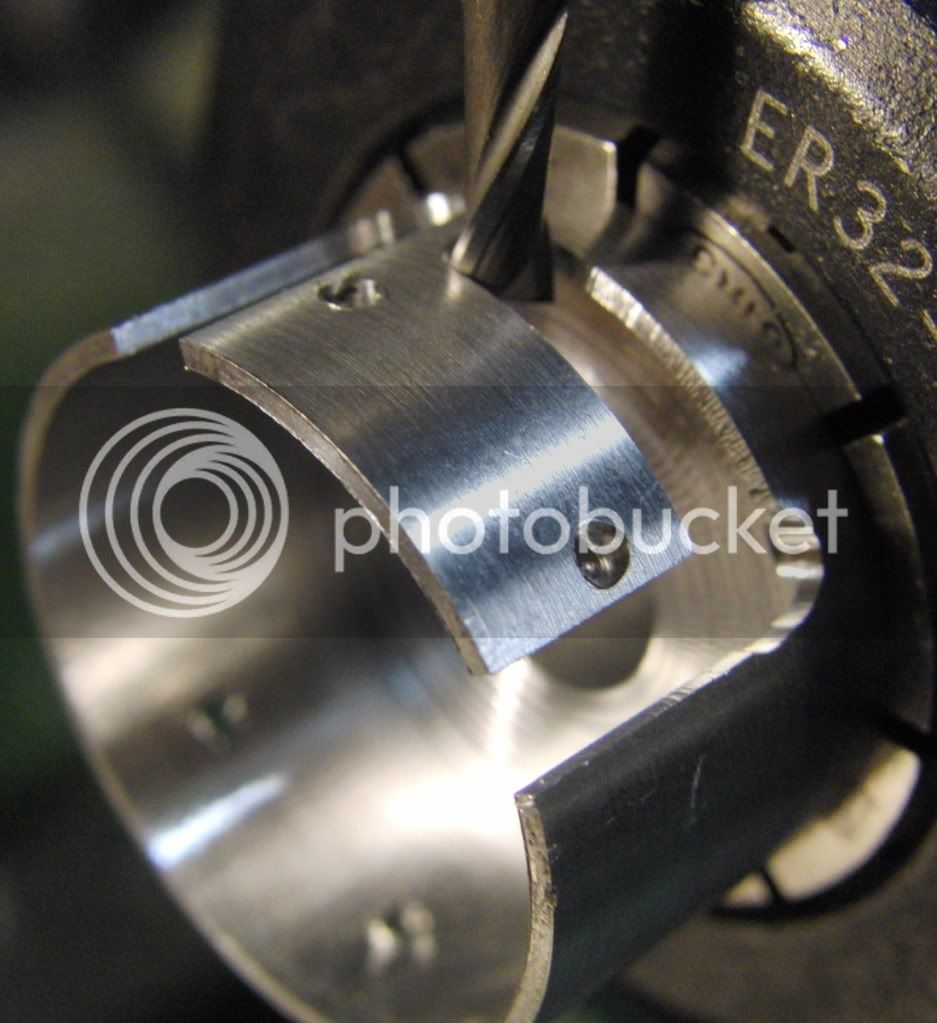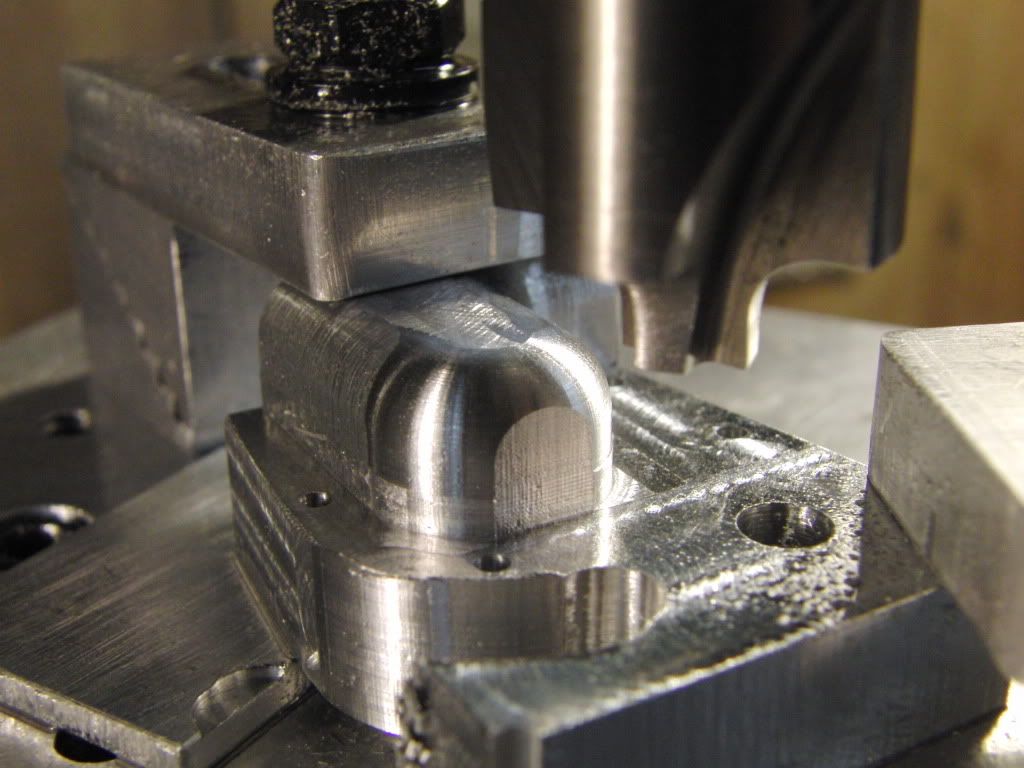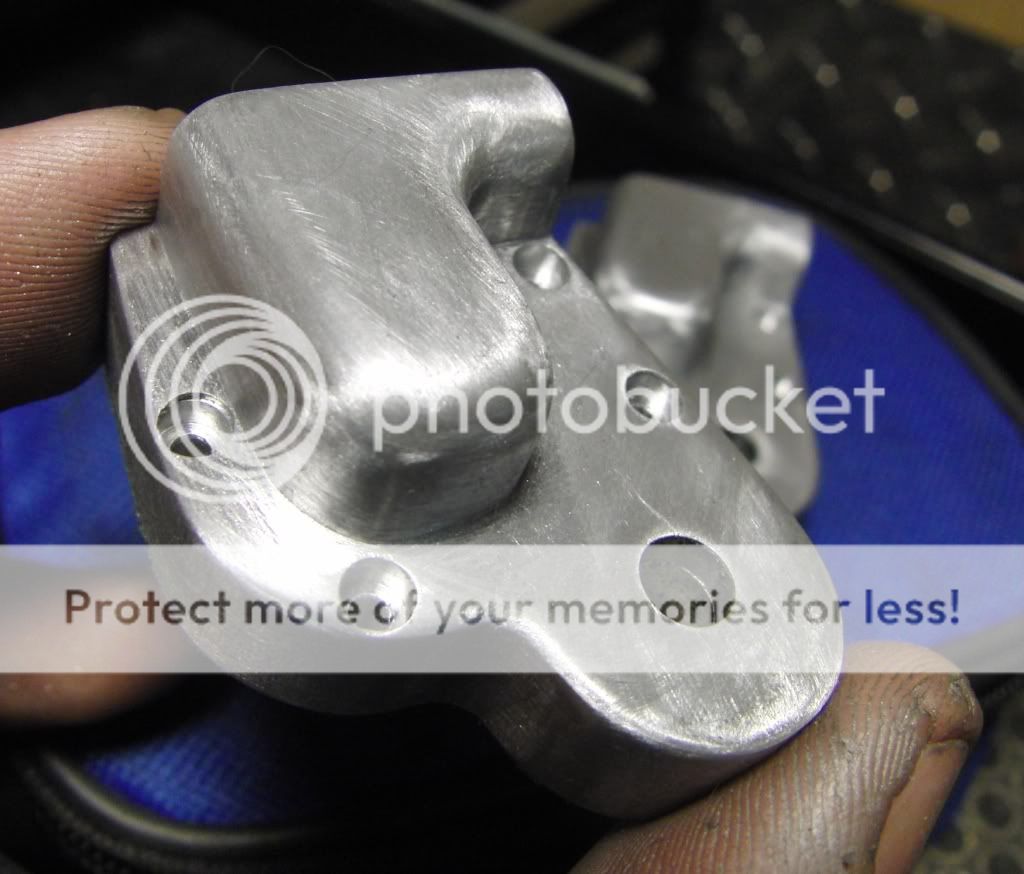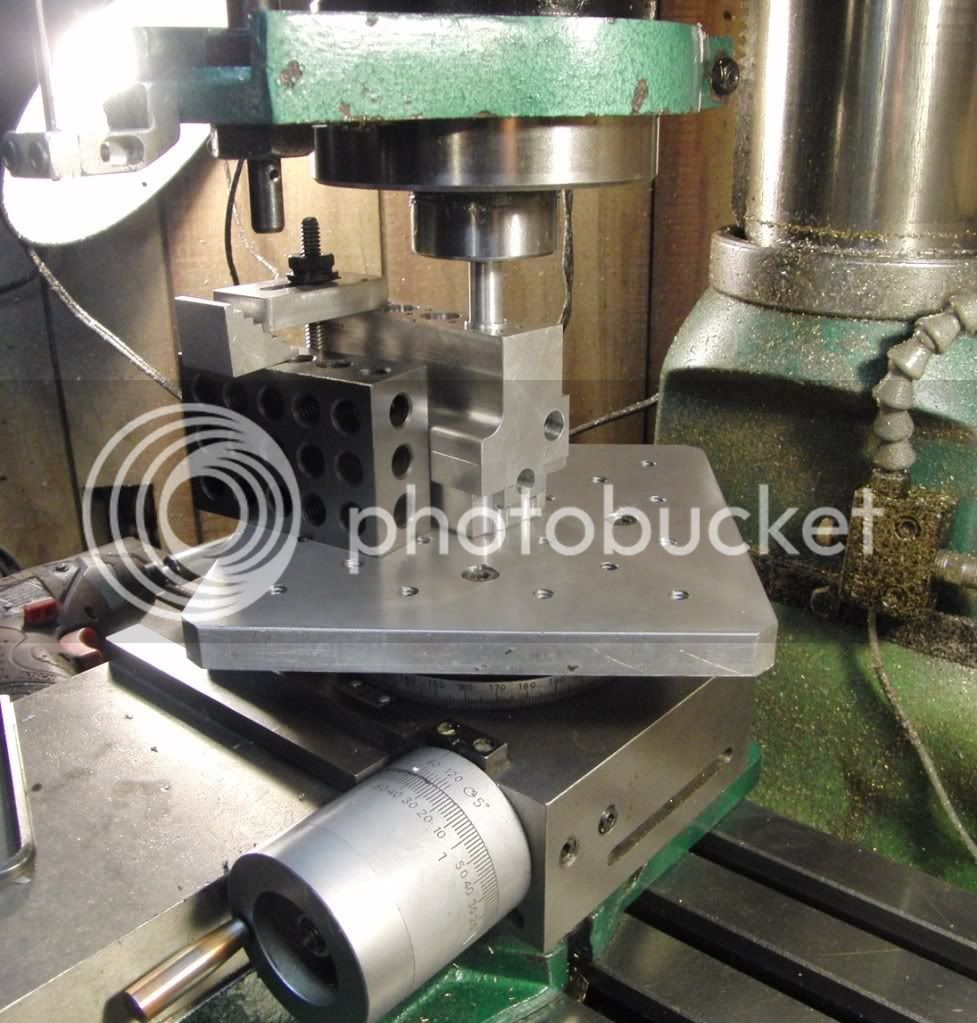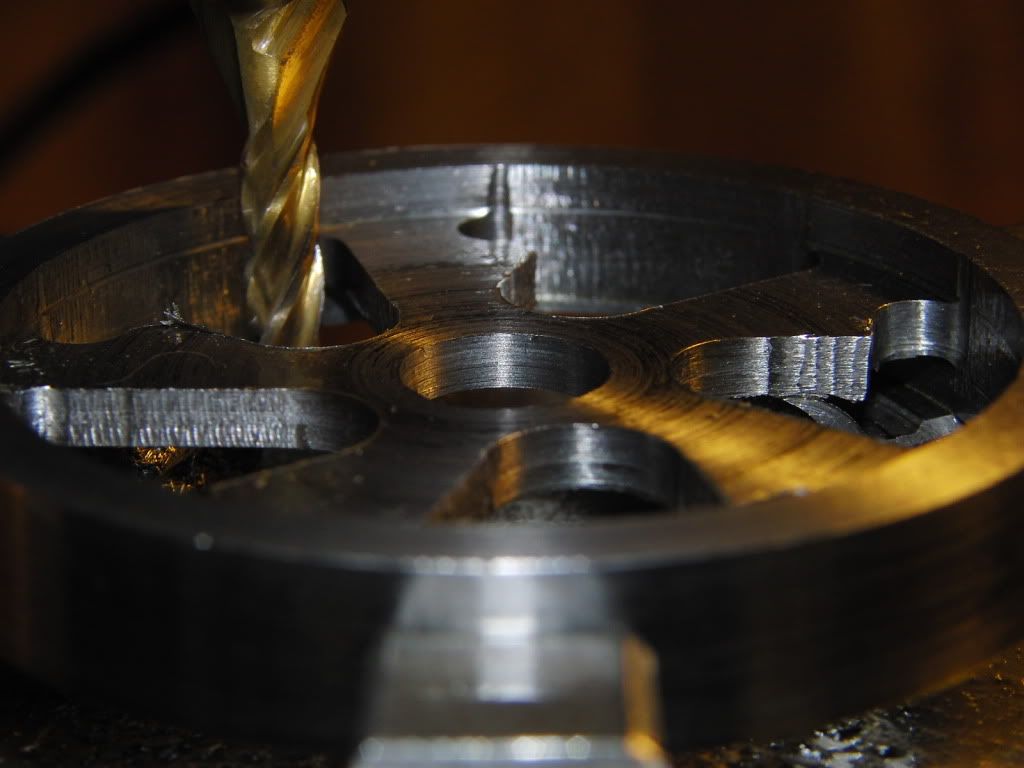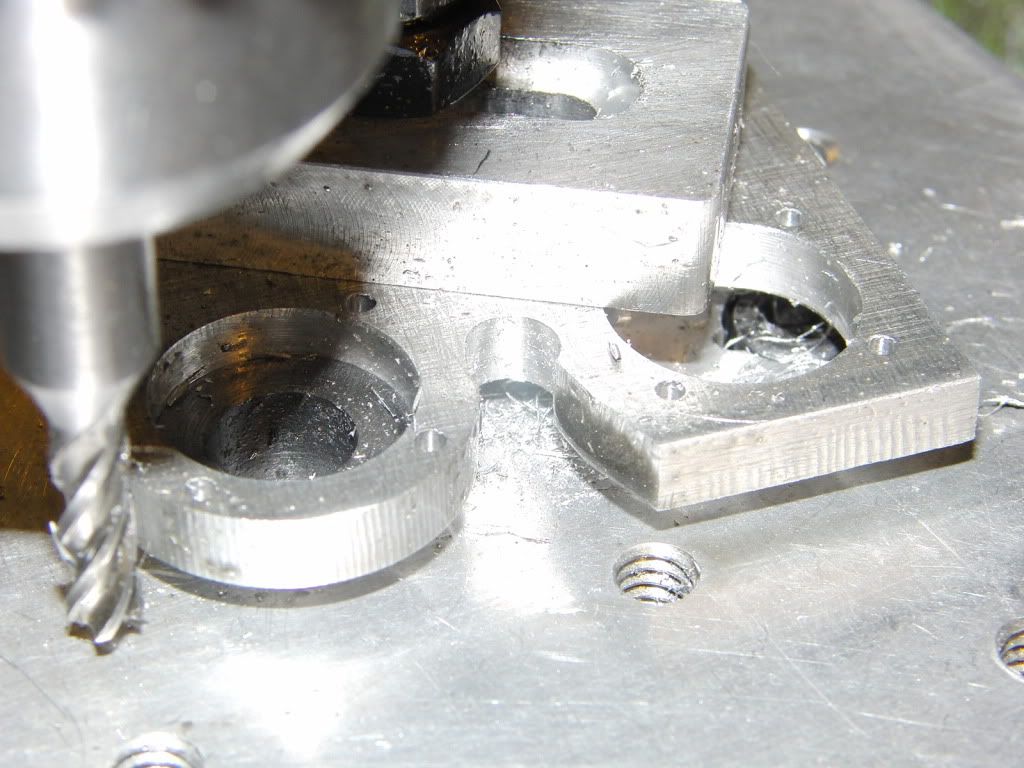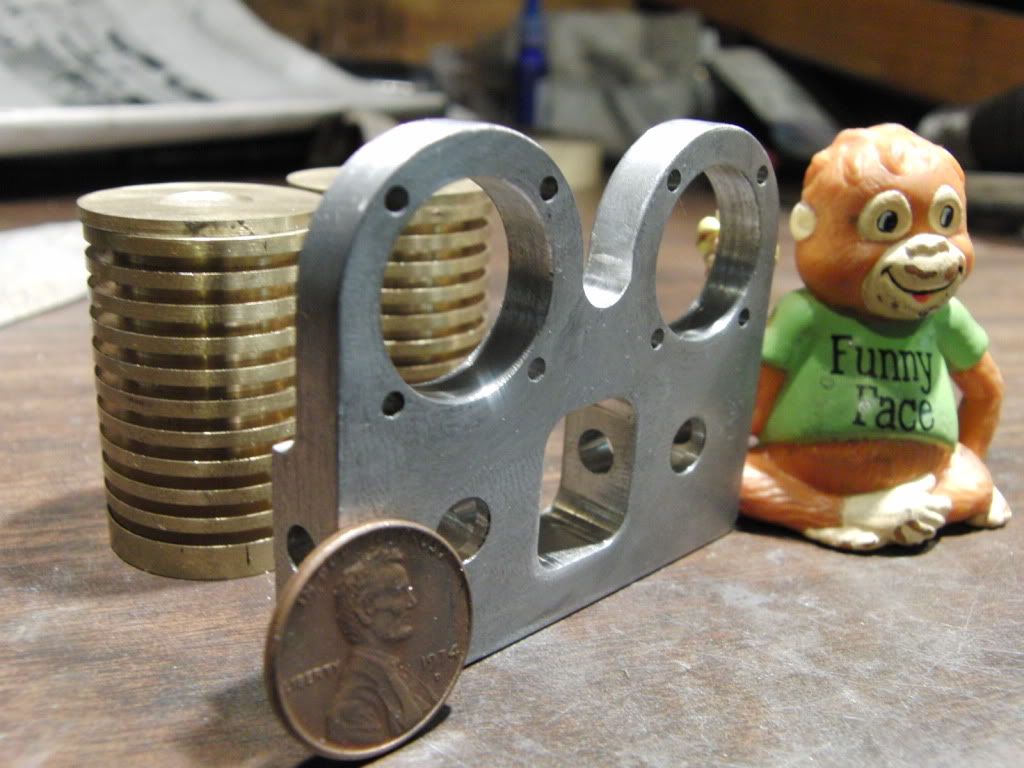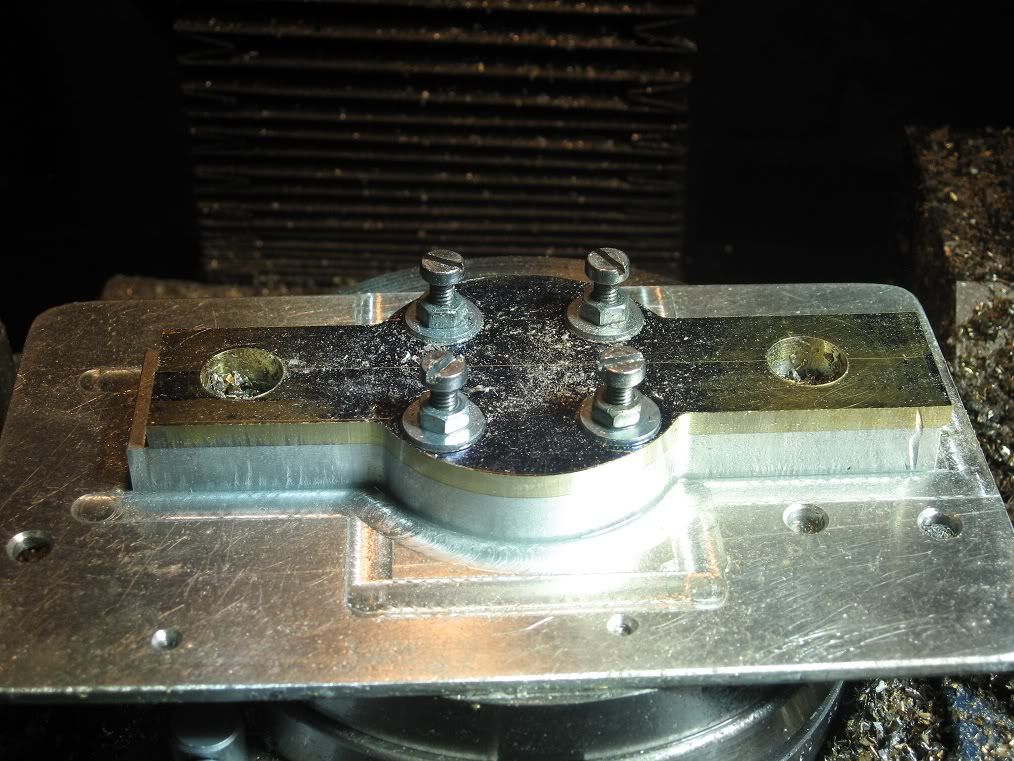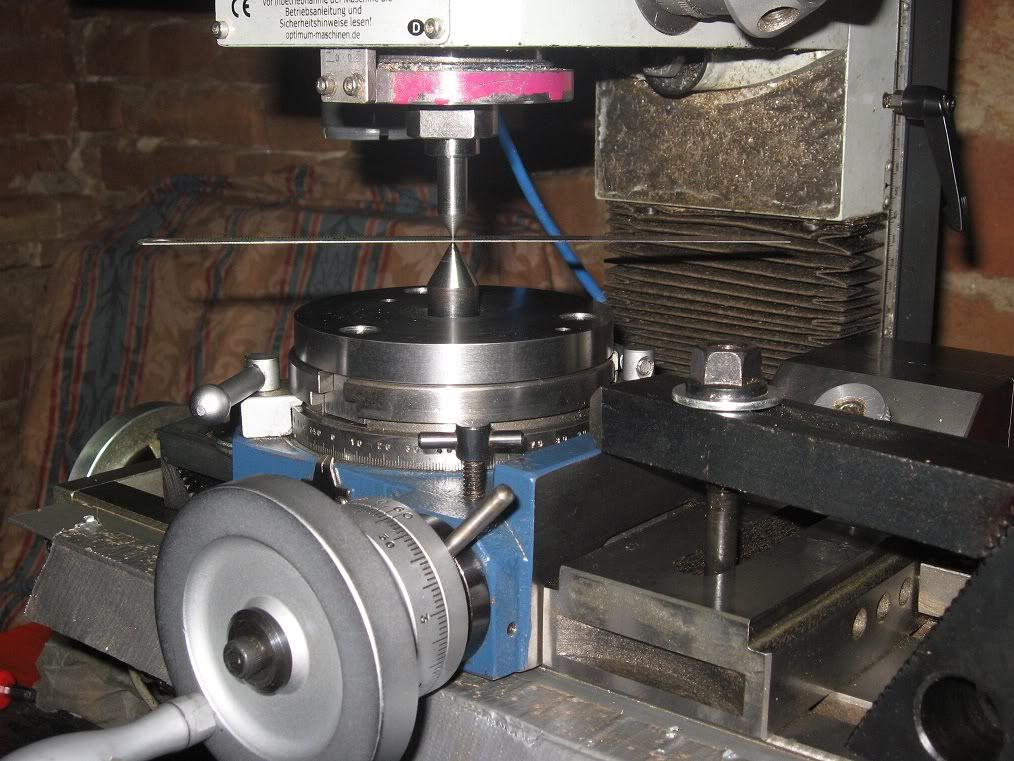I have a question for experienced hobbyists... how often do you actually use your R/T? Many years ago, when I was into acquiring tools and tooling, I picked up a truly sweet Yuasa 5" R/T. I cleaned and oiled it, and put it on the top shelf.
Decade(s) later, it has never been used.
I have used my dividing head extensively for gears and splines. I've used a 5C spacer for similar tasks. For bolt-circles, I use a simple computer program that outputs X, Y coordinates for any bolt circle imaginable. And for those occasions where I need to cut an arc of any size, I turn to the lathe.
If one's mill has no DRO, then I could see the R/T as being very important for bolt circles. And without a dividing head, you'd need one for gears, although I shudder at the work involved in progressively adding up degrees, minutes, and seconds, to cut an oddball gear tooth number.
Does anyone use their R/T for a specific operation that cannot be done on another piece of tooling?
Decade(s) later, it has never been used.
I have used my dividing head extensively for gears and splines. I've used a 5C spacer for similar tasks. For bolt-circles, I use a simple computer program that outputs X, Y coordinates for any bolt circle imaginable. And for those occasions where I need to cut an arc of any size, I turn to the lathe.
If one's mill has no DRO, then I could see the R/T as being very important for bolt circles. And without a dividing head, you'd need one for gears, although I shudder at the work involved in progressively adding up degrees, minutes, and seconds, to cut an oddball gear tooth number.
Does anyone use their R/T for a specific operation that cannot be done on another piece of tooling?





